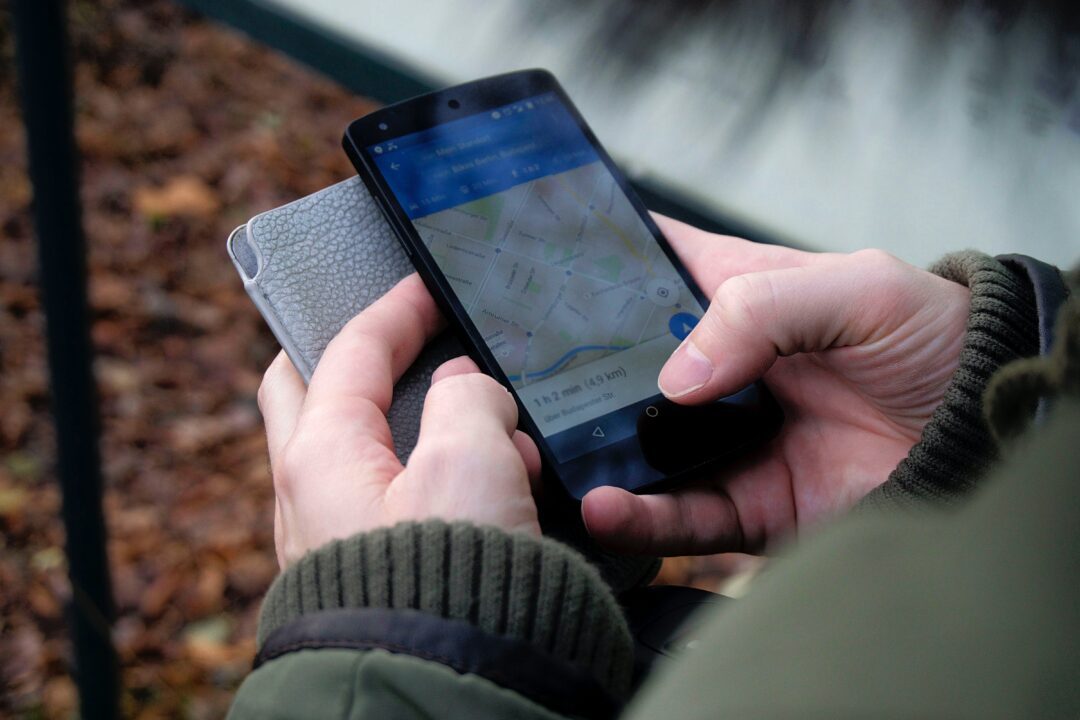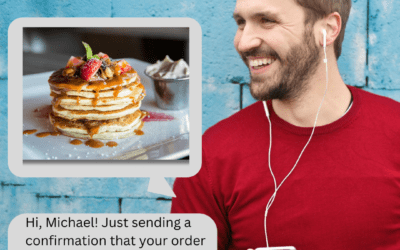Mobile Geofencing
Mobile tracking is a well-established feature on current devices that allows specific external users access to various tools and apps. This functionality has been available for over a decade and has become increasingly prevalent as mobile technology usage has skyrocketed. With this in mind, advertisers have discovered a valuable strategy known as geofencing, which involves setting geographical boundaries to trigger relevant advertisements when users enter a specific area.
How can businesses implement geofencing for their SMS marketing campaigns?
To implement geofencing for SMS marketing campaigns, there are two essential hurdles. Firstly, the user must give their consent to receive such advertisements. Secondly, the user must grant permission for their location to be utilized. By obtaining both consent and permission, SMS marketing can proceed effectively.
What are the overall steps to send out text messages in bulk with geofencing?
The overall steps to send out text messages in bulk with geofencing are as follows:
How can businesses create an SMS marketing campaign for subscribers within the geofence?
To create an SMS marketing campaign for subscribers within the geofence, businesses can leverage the content they want to offer when customers enter the geofenced area. They can tailor their marketing messages to be location-specific and relevant to the users within the geofence. This could include offers, promotions, or information specific to the particular area or events happening nearby.
How can businesses set up their geofence?
Businesses can set up their geofence with the assistance of their SMS provider. They need to decide on the specific area and radius for their geofence, which will determine the geographical boundaries within which their advertisements will become relevant. The SMS provider will guide businesses through the setup process and help them define the appropriate parameters for their geofence.
How can businesses obtain consent from customers for location-based SMS marketing?
Businesses can obtain consent for location-based SMS marketing by incorporating a consent mechanism at the point of opting into text campaigns. This can be done by displaying a statement explaining how subscriber data will be used next to the mobile phone number field on a contact form. Subscribers can then be asked to tick a checkbox to opt-in to this type of marketing.
How can businesses choose an SMS provider that offers geofencing as an add-on to SMS marketing campaigns?
To choose an SMS provider that offers geofencing, businesses should look for providers that have this feature as an add-on to their SMS marketing campaigns. They can research different providers and compare their offerings to ensure they have the necessary tools and capabilities for implementing geofencing effectively.
SMS Geofencing
This is the strategy of using the aforementioned location tracking for SMS marketing. There are two additional hurdles that must be surpassed first before sending such advertisements:
- The user must give consent
There are anti-spam laws that SMS marketers must follow. However, there are workarounds for acquiring user permission to receive advertisements. For more on opt-in marketing as well as some of the limitations that iOS 15 enforces, more can be found here: (url to our opt-in page).
- The user must give permission to use their location
If the user does give permission to receive SMS messages, they must also give permission to use their location too. Users must activate this functionality from their end on their device settings. Otherwise, sending blanket SMS messages will not work.
When permission is given, messaging marketing may continue.
How it works
Tracking the customer’s location requires the SMS provider to have a tap into the customer’s GPS or RFID signals. As location information is not a permanent function on messages, searching up a user’s location is necessary for determining when they cross a geofence. There’s an optimization process to look up a customer’s location, lest the marketer unnecessarily expend time and money trying to keep an eye on customers day in and day out, especially once customers have passed out of effective range of the relevant geofence.
For example food establishments such as cafes and restaurants should consider using geofencing during periods of the day related to spikes in activity. During the hours leading up to and at noon, it would be optimal to send SMSs advertising food.
Optimizing Geofencing
A few things to remember when planning how to use geofencing to its greatest effectiveness are:
- Search using different times: Known as ‘A/B Testing’, there’s no harm in searching around at various times of day to get a proper idea when the customers are most interested in what marketing has to offer.
- Adjust location as well as time: Alongside A/B Testing, don’t forget to adjust to different geofence areas if growth and engagement within a specific geofence zone has already been maximized.
- Structure the message around when they are sent: In conjunction with the aforementioned points regarding when to search for customers, it’s important to also specify time and day for the promotion too.
-
Set realistic boundaries for promotion: Geofencing can cover a wide area and people typically don’t like to remain on the road for particularly long. Regardless of how many people receive a SMS advertisement, most of them won’t bother reacting if they feel what is advertised is beyond their reach. In that case, it would be much better to maintain advertising within a closer range.
What Marketing Can Look Like with Geofencing
Geofencing can help marketers reach out to their customers at the right place and time. By knowing a customer’s place and time relative to where the marketer wants them, it becomes easier to plan for the customer a path that will seem relatively convenient or desirable. Used with other data regarding customer demographics, this can help further refine marketing efforts.
98% Open Rate
SMS marketing is the pinnacle of communication for reaching your audience. Get your message out today with premium SMS marketing with
CloudContactAI!




